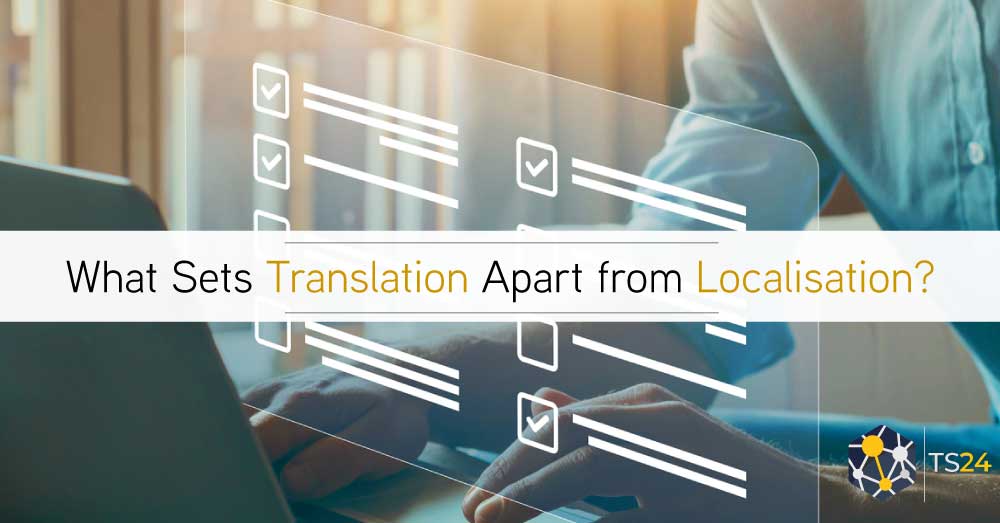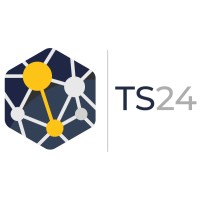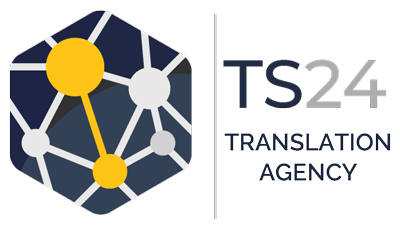What Sets Translation Apart from Localisation?
Global business expansion is at its peak right now, bridging the gap between communities and countries. Language is a significant challenge, creating a barrier to effective communication and comprehension.
Most businesses deal with language barriers through translation. However, translation sometimes falls short, requiring localisation efforts for better accessibility and cultural adaptability.
So, how do these two terms differ? What do they encompass? We discuss this in the guide below.
Translation vs localisation: How Do They Differ?
In the business context, translation means translating the content of a marketing material, website, application, or any business document from one language into another.
Localisation takes it a step further. It involves adapting the translation to the reader’s cultural nuances and linguistic preferences.
While translations only change the text or message, localisation also communicates the context. Both terms are interlinked since one requires the other.
Additional Components of Localisation
A significant difference between translation and localisation is that the former only carries messages from one language to another. The latter also has the following additional components.
Colloquialism
Idioms and slang in our daily conversations say a lot about us. They are a window to our regional backgrounds, age, and social class.
Translating colloquial language can be tricky since you may not find dictionary equivalents for relevant terms and phrases. Localisation services would involve replacing these idioms with similar or most relevant ones in the target language so that the message stays consistent across the translation.
For instance, there has been a surge in slang terms in English with the advent of social media. Words like “lit” and “savage” have become popular recently.
While an English speaker would understand that “savage” refers to someone being ruthless or kick-ass, translating it as is to another language that doesn’t have the same reference can confuse the readers. Instead, you must find a local equivalent to this term to convey the message.
Slogans
McDonald’s world-famous “I’m Loving It” might work in all languages because it has become a symbol of the brand. But what about other messaging? Some languages, such as German, do not have a present continuous tense. Terms like “loving” or “doing” cannot be translated as is. They would have to be localised so your message still carries the same impact in all languages.
Symbolism
Nowadays, language is not limited to words. We also have emojis and expressions that might mean different things in different languages.
The same is true for colours. In Western culture, white represents purity. While white is worn at weddings, black is the colour of funerals. In the Eastern part of the world, people wear white to funerals and colourful apparel to weddings.
Translating a text with this symbolism will merely end up in confusion and misunderstanding. Instead, localisation accounts for cultural differences and changes the content accordingly.
Currency and Date Formats
One of the most common considerations in localisation is changing the date and time format and currency to the reader’s local standards.
For example, when translating content from US English to Spanish or Chinese, a translation service provider will convert the currency from USD to the Euro or Chinese Yuan.
Similarly, the month-day-year format will be changed to the day-month-year format since that’s what non-US readers use. If the imperial system of measurement (feet, yards, and pounds) is used in the content, it will be converted to metric (metres, centimetres, and kilograms).
Translation or Localisation Services: Which to Choose?
The choice between localisation and translation services is pretty simple. It all comes down to your audience and specific needs. Choose translation if only the message matters, and opt for localisation if the nuance, culture and context are just as important.
Using Translation
Certified Translation is usually sufficient for the following types of content:
- Certificates
- Training manuals
- Medical or legal documents
- User manuals
- Tech specs
The common denominator in all these content types is universally understood information. For example, medical terms may have different translations, but they mean the same thing in every language. The same is true for parameters in user manuals and technical specifications.
Using localisation
Localisation comes in handy when you need to translate:
- Marketing material
- Product labels
- Social media posts
- Websites
- Brochures
In these content types, the message conveyed in one language might also not translate to another. It would help if you accounted for the cultural context, local customs, and slang.
Suppose you have an e-commerce business with customer bases in the UAE and the US. Your holiday season messaging will appeal to the US audience since Christmas is a significant celebration there. But the same message won’t work for a Muslim-majority nation like the UAE, where Christmas is not as widely celebrated.
Other Translation-Related Terms
When you contact a reputed translation service agency, you’ll realise that their services go way beyond translation and localisation. Here are some other terms to be familiar with.
Transcreation
Transcreation is a combination of “translation” and “creative.” It involves rewriting a creative piece of content to ensure it aligns well with the readers. Although more expensive and time-consuming than translation, it helps preserve the message across languages.
Globalisation
Globalisation is a broader term that includes localisation and translation. When a company enters a new market or country, it faces many challenges, such as compliance with local laws and cultural variations.
Globalisation efforts help companies meet all these foreign requirements to make a place for themselves in the regional business landscape.
Internationalisation
Internationalisation includes planning your services so it’s easy to localise them for different markets. It’s a whole strategy rather than a one-step process.
For example, even before you start translating your website, you make its design and infrastructure robust enough to support multiple languages.
A translation service can play a huge role in your international business expansion. Translation service providers can translate technical documents to localising nuanced information for new markets.
The key is not to focus on messaging alone. Incorporate linguistic differences and cultural nuances in your translations to create a connection with the target audience.
About TS24
Translation Services 24 (TS24) is a professional translation agency offering expert services in over 200 languages. We work with clients in all corporate and public industries and specialise in sector-specific linguistic solutions. With over a decade of experience in the industry, 15+ million words converted every year and 100,000+ projects completed, TS24 is a leading provider of expert translations and interpretation services and an officially certified member of the ATC. Contact TS24 here. You can also read all of our recent articles here.
Follow Translation Services 24 on Social Media






